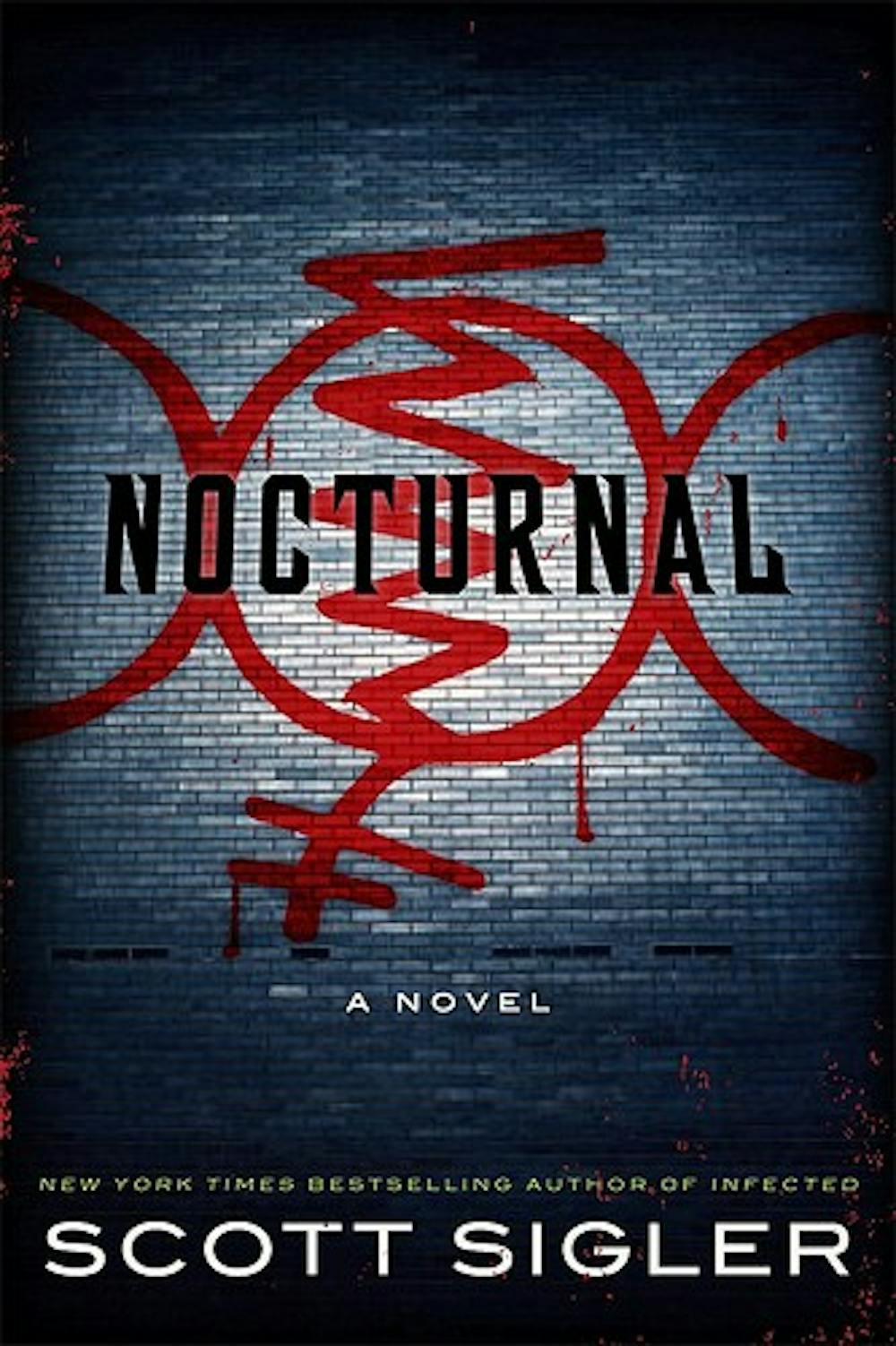In the case of Scott Sigler’s latest yarn “Nocturnal,” we would be better off changing Dorothy’s old chant into “serial killers, cover-ups and monsters, oh my.”
Originally released as a serial podcast in 2007, “Nocturnal” follows the life of San Francisco Homicide Detective Bryan Clauser and his partner, Laurence “Pookie” Chang, as they try to unravel the mystery surrounding a string of grisly murders throughout the city.
Clauser suffers from disturbing dreams that seem to predict the murders, and to make matters worse, the chief of police refuses to let the duo on the case.
With the help of medical examiner and Clauser’s former lover Robin, Clauser and Chang uncover a cult of murderous monsters who live under the city and are ruled by their 13-year-old “king”, Rex, and his “queen,” known only as “Mommy.”
Sigler does not leave the conflict so black and white; Clauser feels a connection to the members of the cult, and he must realize this connection in order to protect his friends and city.
Because it moves so quickly, it seems as though Sigler does not have time to fully realize his characters, particularly in regards to the dialogue.
It is true that the main characters are detectives and that they come in contact with many other members of the police force, but the dialogue between them always borders on too aggressive.
It’s vulgar, hateful and unnecessary.
Barring “Nocturnal’s” shortcomings, the novel is fun to read. Sigler seems to have something for everyone; guns, science, horror, thrills — it is all there.
He combines elements of detective fiction and the horror genre with the thrills of any action-packed cop thriller.
In a scene near the end of the novel, Clauser leads his small army under the city to the monster cult’s lair.
The space, dubbed “the Arena,” has a sort of Stephen King aura about it, bringing to mind the sewer tunnels and caves under the city of Derry, the fictional city prominent in both “It” and “Insomnia.” And just like the lairs in King’s novels, Sigler’s Arena houses evil.
But Sigler’s evil does not rely on anything especially supernatural, as King’s does. Instead, the monsters Sigler creates are genetically mutated beasts, although some appear as regular human beings.
With the help of Robin, the medical examiner, Clauser and Chang soon discover that every DNA sample taken from one of the monsters at the scenes of the crimes share a common irregularity; they all have an extra sex chromosome, which Robin nicknames the Zed chromosome.
Sigler keeps the scientific stuff relatively simple, and the action sets off again. It is only after this revelation that the individual threads of the story start braiding together.
The results, quite honestly, were unexpected, and that’s a good thing. The reader will not be easily able to connect the pieces of “Nocturnal’s” puzzle before Sigler intends them to.
Overall, “Nocturnal” delivers on many levels. It satisfies our desire to catch a glimpse into the underworld, a place where many of us will never go, and indeed, would never want to go anyway, no matter how fictionalized (and trust me, folks, this story is fiction).
It also offers us a peek into the world of a major city’s police department One thing is for sure: Dorothy ain’t seen nothing yet.




The Slate welcomes thoughtful discussion on all of our stories, but please keep comments civil and on-topic. Read our full guidelines here.